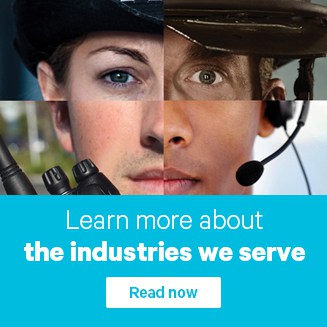Introduction to Broadband and Convergence
The Benefits of Broadband and Convergence
Benefits of Broadband and Convergence for Law Enforcement
Group calls are critical for public safety. UCC takes this to a whole new level by making it possible to create groups that span multiple technologies and devices. If you add PTToC as a feature that can run on all sorts of devices, then there are always alternative fast routes for a call. Response times are minimized, headquarters and dispatch are in immediate contact, and officers are better protected.
Moreover, having a wider array of communications technologies at hand means that there are more interoperability options for collaborating with outside groups when responding to multi-agency events that involve other law enforcement agencies, fire, and medical support.
With UCC, officers can take advantage of broadband access without giving up their trusted LMR radios. Real-time geolocation, bodycam video, maps and images on demand, license plate reading, as well as warrant & arrest database queries can all be exchanged with HQ from inside or outside the police car while maintaining voice contact with dispatch. This significantly improves the situational awareness of officers when they arrive at an incident scene.
Broadband access can also enhance situational awareness by putting law enforcement data applications in the hands of frontline officers e.g. connecting them to CAD systems which use address lookups and geofencing alerts to automatically display police intelligence data in real time as officers travel through specific locations.
WiFi data applications presented through a UCC system can even automate routine and time- consuming tasks such as tracking and managing assets or updating the settings and software of comms devices.
In effect, UCC turns each officer or police vehicle into a kind of communications hub.
 Radio Academy
Radio Academy




